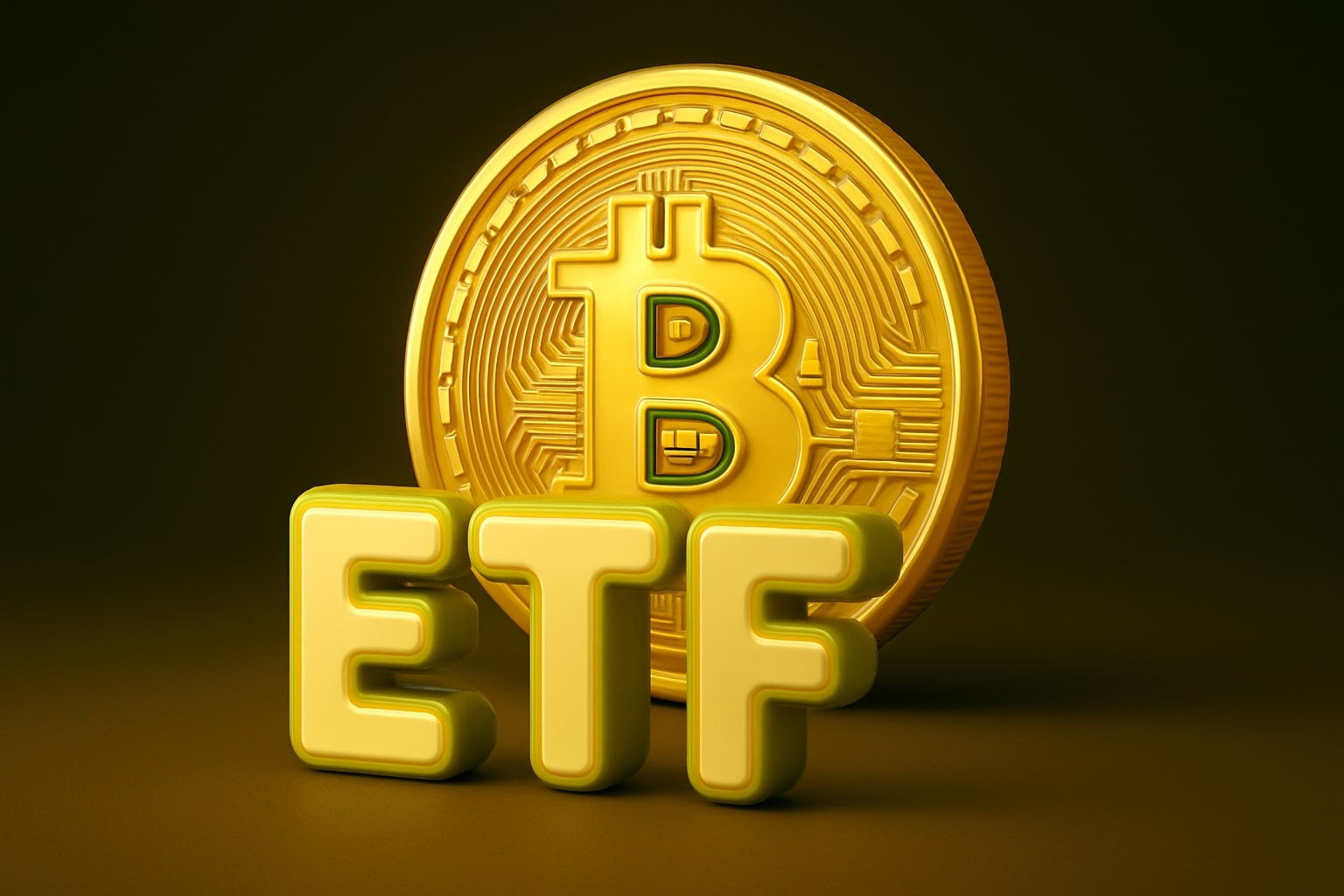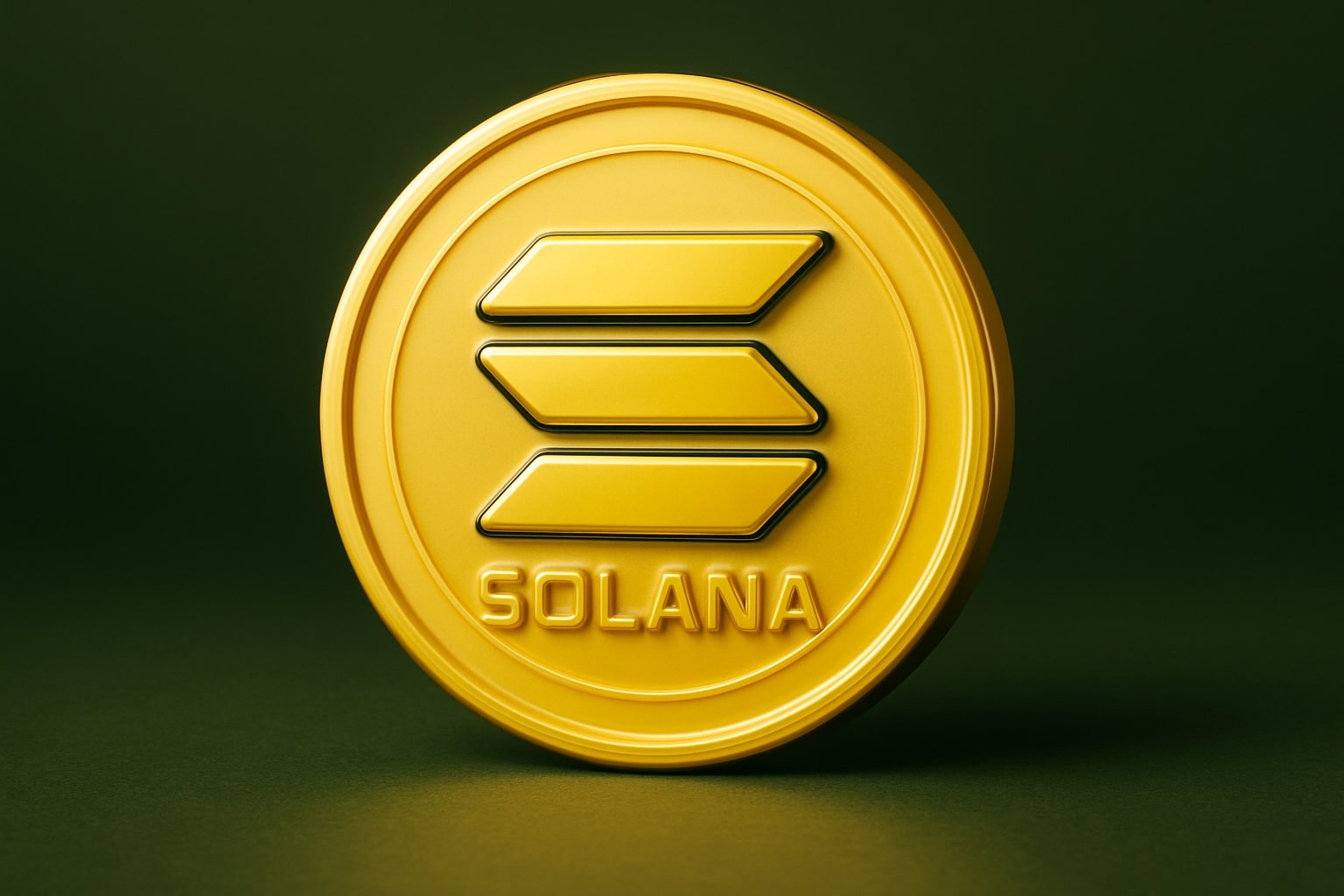
CEFS ETF Slips to $22.60 While YTD Momentum Remains Intact
BATS:CEFS edges down by $0.11 on the day but holds a strong year-to-date performance, trades at a 0.51% premium, lifts cash to 28%, tightens discounts to 8.2%, and preserves its 7.3% yield with stable $0.140 monthly distributions | That's TradingNEWS
The Structural Evolution Of BATS:CEFS As Performance, Discounts, Activism, And Defensive Positioning Collide
BATS:CEFS enters the current cycle with a price of $22.60, down slightly from the previous close of $22.71, yet still reflecting one of the most stable long-term income strategies in the fund-of-funds universe. Over multiple years of tracking the CEFS ETF, the defining trait has been its ability to grow net asset value while simultaneously distributing sizeable income, sustaining long periods of outperformance against competing income ETFs such as PCEF, JEPI, and even high-yield bond benchmarks including IEF and AGG. But while the long-term case remains intact, the present moment for CEFS ETF is shaped by shifting discounts, reduced activism, an abrupt rise in cash allocation, and a visible loss of momentum relative to earlier years where the strategy produced enormous relative alpha.
Recent Performance Trends Reveal A Durable But Softening Edge For BATS:CEFS
Performance since inception still places CEFS ETF among the most reliable income-focused ETFs. The fund’s ability to outperform PCEF year after year stems from Saba’s expertise in exploiting closed-end fund mispricings, along with its well-known activist pressure campaigns that historically have forced CEF boards to close discounts or unlock trapped value. Across the last five years, CEFS produced a 127% total return, beating JEPI’s 81.5% and PCEF’s 65.6%, with bond-focused funds underperforming dramatically. Yet despite the long-term win rate, CEFS underperformed the S&P 500’s 5-year total return, falling short of SPY, which reflects the natural trade-off between consistent income harvesting and pure-growth exposure.
The year-to-date figures reinforce this shift. CEFS delivered 10.6% YTD, while SPY registered 15.3%, widening the gap that previously remained far narrower. The reason is not structural deterioration but the unavoidable effects of profit-taking, high distribution needs, and a strategy that harvested gains earlier in the cycle. Because CEFS ETF distributes a significant portion of profits to maintain its monthly income stream and special annual payout, NAV growth runs at a more controlled pace compared to equity indices that compound without similar obligations.
Distribution Stability Underscores CEFS ETF’s Core Income Thesis
For investors, the certainty of income remains CEFS’s most reliable characteristic. The fund has kept its monthly distribution at $0.140 since 2017, with no cuts even during periods of tightening credit conditions, high-rate volatility, and CEF market dislocations. The yield sits at 7.4% in one article and 7.3% in the more recent report, reflecting slight dataset timing differences but maintaining the same income profile. Including special December distributions, the yield surpasses PCEF’s 8.0% on a normalized basis.
Importantly, the share price gained 14.3% since inception, proving distributions were not destructive. NAV growth accelerated, with one-year NAV appreciation of 13.66%, confirming that CEFS generates enough total return to sustain income without eroding capital. This record differentiates CEFS from high-yield funds that historically destroyed NAV during turbulent bond markets.
Discount Compression Reduces CEFS’s Advantage In The Closed-End Market
The defining engine behind CEFS ETF’s performance—discount arbitrage—has weakened. At present, the average discount across underlying closed-end fund positions sits at 8.2%, down from 9.1% in late 2024 and dramatically lower than the 14.7% average discount in late 2023. This compression directly reduces the opportunity for capturing excess returns, as narrower discounts produce less yield enhancement and limit the payoff potential of activist interventions.
The 2023–2024 cycle benefited enormously from extreme discounts, especially among BlackRock CEFs where Saba forced governance changes and distribution shifts, producing high-impact gains. That environment no longer exists. With fewer deeply discounted funds, the CEFS playbook of buying mispriced assets and pushing boards to unlock NAV has fewer high-value targets. This is a core reason outperformance shrank during 2024–2025.
The Most Transformative Shift In CEFS ETF Is The Aggressive Move Toward Cash
The most striking element in the new data is the rapid rise in cash exposure. As of November 5th, cash represented 15% of the portfolio. Only days later, updated datasets from financecharts.com show that cash jumped to 28%, marking a historic defensive repositioning for BATS:CEFS.
This shift emerged for several reasons. First, the portfolio shrank from 97 holdings in May down to 83 by September and then collapsed further to 54 holdings by November 10th. This is not normal trimming; this is strategic concentration combined with large-scale divestment of smaller, less influential positions. It indicates the managers expect volatility or a drawdown in equity and high-yield markets and prefer to hold dry powder rather than commit capital to assets priced without meaningful discounts.
This move also aligns with tightening credit spreads that reached near historic lows. With risk-adjusted yields weakening and economic indicators turning slightly negative—soft employment numbers, uneven quarterly GDP, and above-target inflation—Saba appears to be preparing for a period of opportunity where discounts widen sharply. CEFS ETF rarely stays defensive for long. A cash level near thirty percent signals that the team is preparing to strike when markets break rather than chase returns in a toppy environment.
Read More
-
Adobe Stock Price Forecast - ADBE Shares Drops to $331 Despite AI-Driven ARR Surge and $9.4B Cash Flow Strength
14.11.2025 · TradingNEWS ArchiveStocks
-
XRPI Falls to $13.30 and XRPR to $18.61 as XRP ETF Launch Sets $250M Record
14.11.2025 · TradingNEWS ArchiveCrypto
-
Natural Gas (NG=F) Stalls Below $5.00 After A 40% Winter Rally
14.11.2025 · TradingNEWS ArchiveCommodities
-
Stock Market Today: NASDAQ Recovers, DOW Slides 300, S&P 500 Holds 6,736 as Bitcoin (BTC-USD) Drops Below $95,000
14.11.2025 · TradingNEWS ArchiveMarkets
-
USD/JPY Price Forecast - Yen Climbs Toward 155.00 As Policy Divergence and Missing U.S. CPI
14.11.2025 · TradingNEWS ArchiveForex
Leverage Reduction And Derivative Adjustments Alter The Fund’s Return Profile
In prior years, leverage and tactical short positions contributed meaningfully to performance. CEFS no longer employs leverage, and the once-profitable short treasury position that drove significant alpha during earlier tightening cycles is gone. The removal of these high-conviction tactical bets produces a more muted outperformance profile but lowers portfolio risk as the economic cycle reaches a more uncertain phase.
The disappearance of the large USD futures position shown in the early-November holdings list indicates strategic de-risking. As the managers unwind derivative exposures and reduce bond positions from roughly 50% in late 2023 to 23% today, the portfolio becomes more aligned with defensive equity income and alternatives. This new mix includes approximately half in equity-focused CEFs, fourteen percent in alternatives, ten percent in mixed allocations, and a quarter in bonds.
CEFS ETF's Expense Structure Reflects A Highly Active Strategy
CEFS operates with a total expense ratio of 4.29%, with 1.1% attributed to direct management fees and the remainder reflecting the expense load of underlying closed-end funds. While high relative to passive ETFs, the cost structure is consistent with a fund-of-funds model where active trading, activism, and special situations dominate. With fund AUM at $336.21 million, the strategy remains scalable without diluting alpha-generation capacity.
The Fund Now Trades At A Premium To NAV, A Rare Occurrence For CEFS
CEFS usually trades tightly near NAV, but current demand has pushed the ETF to a slight 0.51% premium. This premium is not large, but it is meaningful because CEFS traditionally offered value by giving investors access to discounted assets through a vehicle itself trading at par. A premium eliminates the secondary layer of value entry. While not dangerous, it does reduce the attractiveness of adding new capital at $22.60 unless a major discount-widening event materializes.
Macro Conditions Create A Complex Backdrop For A Strategy Like CEFS
Economic conditions deteriorated modestly across multiple indicators. Credit spreads tightened to multi-year lows, diminishing risk premiums. High-yield bond returns converged across sub-asset classes, reducing opportunities for tactical relative value trades. Equity valuations remained elevated heading into 2026. Most importantly, growth oscillated between strong and weak quarters, and the probability of a recession—while not dominant—cannot be dismissed. Because CEFS has significant exposure to equity CEFs and high-yield instruments, a broad market decline would pressure both NAV and price.
Final Decision On BATS:CEFS After Integrating All Data
The complete dataset shows a fund in transition. Long-term performance remains exceptional. Distribution strength is intact. NAV continues to grow. But opportunity sets are narrower than in past cycles. Discounts tightened. Activism became less impactful. Cash ballooned to 28%, indicating caution from managers known for capitalizing on weakness rather than paying up for assets. Portfolio concentration increased sharply. The ETF now trades at a slight premium rather than a discount. The economic backdrop is uncertain, and yield spreads provide less compensation for risk.
After absorbing every data point and restructuring it into a unified view:
BATS:CEFS is a HOLD with a defensive tilt.
The fund is not weak, not broken, and not overextended. But at $22.60, without wide discounts or compelling mispricings, the upside potential is limited until markets correct. When discounts widen and volatility returns, CEFS will likely redeploy its elevated cash position aggressively—and that will be the moment CEFS becomes a BUY again. For now, maintaining exposure rather than adding is the position supported by all available data.



















